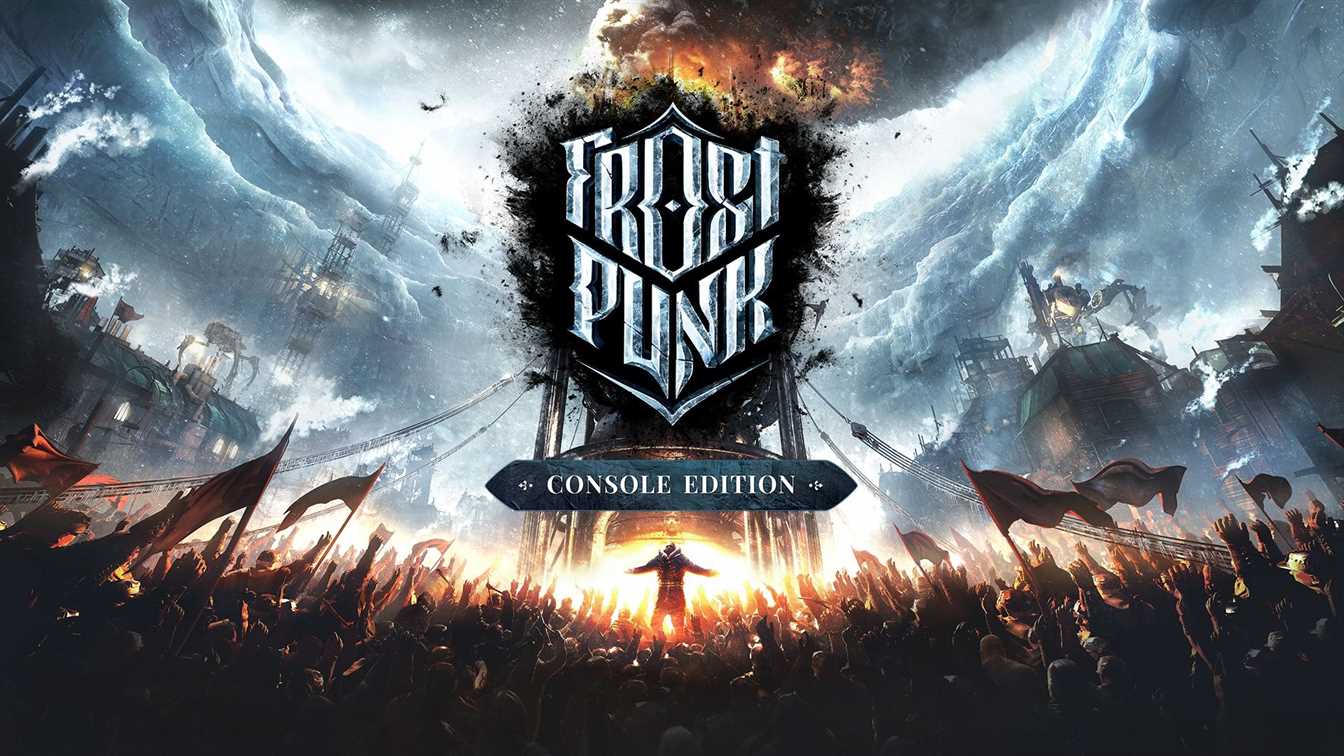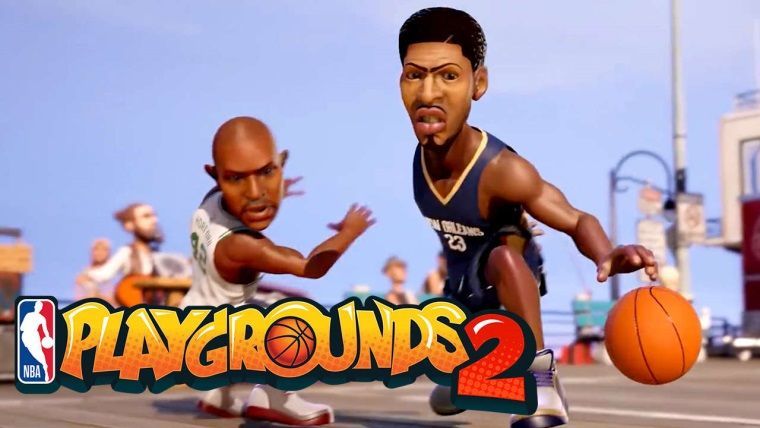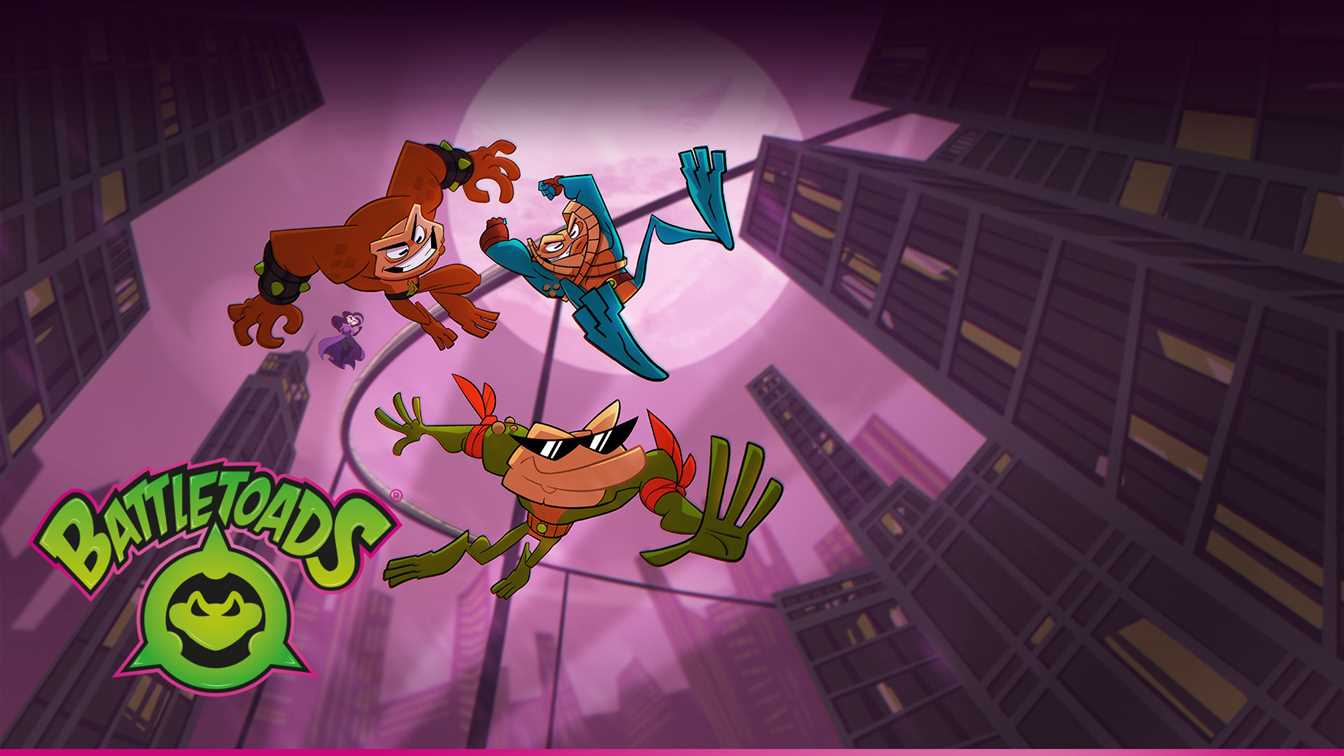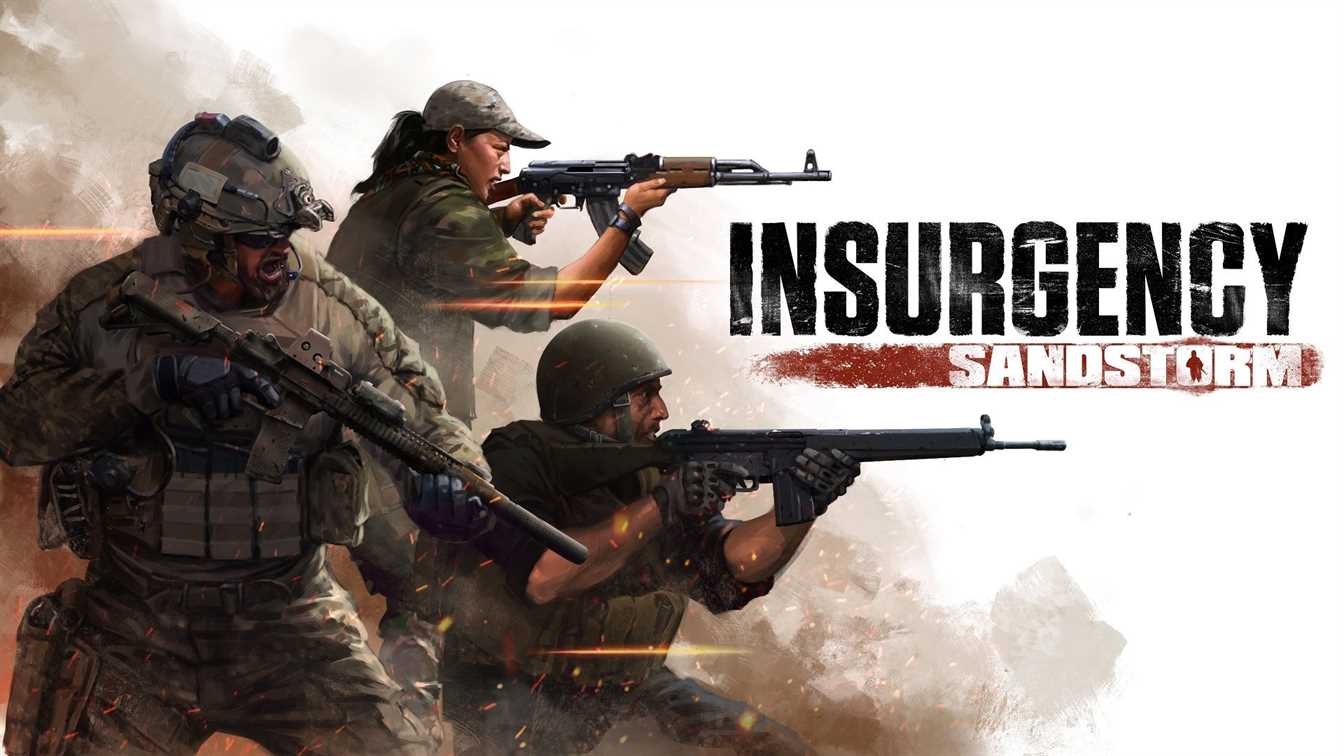Death Stranding Review
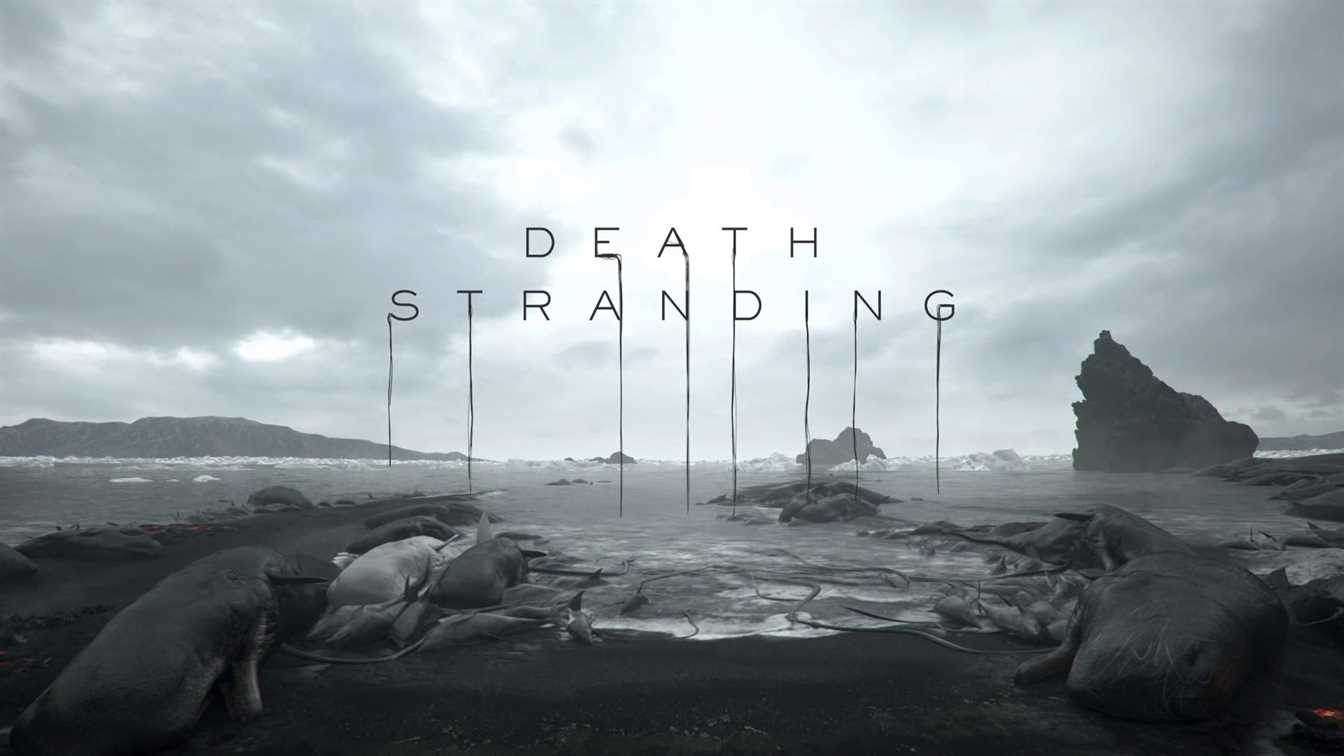
After theories and claims made from the smallest visuals, videos and long-lasting discussions, Hideo Kojima’s latest game Death Stranding has finally appeared. You can get all details in our Death Stranding review.
First of all, I want to point out that I’m one of the people that is happy to have Kojima stand out from the MGS series and find himself in other projects. Although the renowned producer has worked in classic titles, he has spent most of his career with the MGS series. So I have to say that I am glad he sails to new projects to try out new dynamics and stories.
Well, how successful can Death Stranding be considered where he tried these dynamics, more importantly, did these innovations made Death Stranding “what we expected”? Let’s take a look together to find out. Death Stranding takes place in an imaginative near future which we can call post-apocalyptic. We witness the story of people trying to survive after a catastrophic event that can be compared to the likes of Big Bang or the meteors that ended the Dinosaurs.
The destruction has been so great that we can say that the world we know is far different from the actual world itself. As a matter of fact, this destruction has revealed supernatural events and some terms that we cannot fully understand. And one of the supernatural events that were triggered by the destruction is Death Stranding.
We can class Death Stranding with likes of a corridor, or a bridge that is used to cross to the other side. Every person has a bridge, namely, a shore. However, if feelings such as regret and resentment prevail, a fervent desire to stay connected to this side appears. This unearths the Chiral Beings as it opens up the covers for other shores.
Death Stranding Review
Naturally, Death Stranding brings Chiral Beings and other side along with it and reveals the importance of Bond Babies. Of course, I will not explain all the terms or key points of the game at this point. Because to follow them in the game and trying to make sense is one of the most enjoyable aspects of the game. Still, I have two key points to explain. These are Chiral Beings and Bond Babies that are seen in the trailers.
Chiral Beings can be summarized as assets that are linked to the other side and appear at certain points of the playthrough. If someone doesn’t burn on time when he dies in the world of the game, his body begins to secrete chiral matter, and then he becomes a Chiral entity. These ghost-like beings that we’ve also seen in the trailers emerge with the Chiral rains and are scattered throughout the playing field.
If you get caught in these beings when they emerge, you find yourself in a big boss battle. Incidentally, the operation of these boss battles, unfortunately, is a little scarce in the game. The structures and atmosphere that build up from nothing work well, but you cannot find the depth you expect in these battles. These bosses that you can easily beat if you have enough bombs also disappear when you leave the field.
This convenience eliminates the immersion of getting caught by Chiral Beings. In other words, these beings that you get scared of in the first place quickly lose their eerie presence after a period of time. I can say that this situation kind of kills the tension of the game.
On the other hand, Bond Babies are referred to as tools (although they are alive, people see them as tools) that can feel the presence of Chiral Beings or have a connection to the other side. These babies, which are removed from the womb at 28 weeks of age, are placed in incubators with the same conditions as a womb and help people to feel and avoid Chiral Beings. That’s why we see babies mounted on the character’s clothes in the game.
In short, as soon as you start the game, you begin to encounter terms and events without fully acquiring the infrastructure. The natural confusion due to the unexplained events continue for a bit, but Kojima slowly lays the foundation as you progress. I mean, just like Lost, Kojima doesn’t tell us how the rudder got to the island, but at least he manages to bring the story in a fitting spot.
In Death Stranding, we take control of Sam, a character who has specialized handling cargo. Sam portrays himself as a character who has isolated himself due to the certain events that he has gone through. He inevitably gets involved in the story and we see him drifting from one end of the country to the other.
As you all know, Norman Reedus brings life to Sam. In an interview with the famous actor, he mentioned that even when he scratched his head, Kojima would ask him if he can “do that in front of the camera”? You can really understand this while playing the game, as some of the movements of Sam directly feel like they belong to Norman Reedus.
Of course, outside of Reedus, acclaimed actors and actresses like Mads Mikkelsen, Lea Seydoux, Troy Baker, Margaret Qualley, Tommie Earl Jenkins, Lindsay Wagner, and Guillermo Del Toro take part in the game. Some of the names in the cast only took place in motion capture while others have both performed and voice acted for the game.
It is fair to say that Kojima’s experienced cast, does a wonderful job in terms of acting and dialogue. It is clear that Kojima took a step towards his dreams with Death Stranding, using different angles and presentations when it comes to dialogues as if he were directing a film. Norman Reedus executes a solid performance just as expected. Still, I have to say that my favourite character has been Mads Mikkelsen throughout my play. Because the actor that I also love in movies is both the key and the most charismatic character in Death Stranding.
Our main goal in Death Stranding is to bring people back together and reconnect the fractured society. To do this, we have to cross America from one end to the other and connect the stations that are scattered throughout Death Stranding’s world. Thanks to the bond between the stations called the Chiral Network, we are trying to revert society back to its original self in the same context.
At this point, I want to open a little parenthesis, because I’m going to talk about some of the things I liked and some of the things I considered cliche in the story. Kojima’s fine touches on the story and the ties he makes with today’s humanity is really well made. Even when you cannot make sense of any of the events at the beginning, you can still feel the presence of messages for unity.
Messages like “Humanity can’t stand if we don’t get back together” are really contextual within Death Stranding’s storyline. But one thing so cliche about is that, it only shallows these messages over America. Of course, Death Stranding takes place in America, and we are trying to develop society there. But the repeated dialogues like “the humanity would fall without America” really overshadows the game’s unity and solidarity message.
Death Stranding has totally open-world gameplay. The map of the game is divided into several regions, but I can say that the part where the story starts breathing is part 3. After teasing us with the first map, Kojima later leaves the player on a map where the acreage and climatic differences play a big role.
From huge plains to canyons, from mountains to areas where the underground wealth hit the surface, Death Stranding’s map host all kinds of areas. At this point, I would say that the graphics and world will be what you love the most about Death Stranding. Combining the Decima Engine’s power with a little photogrammetry technique, Kojima Productions has done a really solid job.
Even though we walk throughout most of the game, traversing such a landscape really gives you peace. Unfortunately, this beauty is a bit dull when it comes to settlements. The open spaces of the game are so well made that when you return to the small residential areas, you feel like you’re off the horse riding a donkey.
While we’re at it, let’s talk about walking and how the game works around it. As it is probably the point that players are most curious about. The progress of the Death Stranding is precisely centred around cargo transporting. This progress works wonderfully in the places you visit for the first time. So even if you are only carrying cargo, there is not much to complain about it.
You connect new stations to the Chiral Network, visit new places and experience Death Stranding in an insatiable way. When I say carrying cargo, I really mean carrying cargo. Kojima’s game design really puts the weight on our shoulders with dynamic elements so to speak. The condition of your load, your piggyback and the balance of the items you have are very well established.
The whole cargo dynamic becomes even more exhaustive, with the new features and updates you get later on. Additions like small cargo vehicles, robots, and devices that work as an extra skeleton on your legs make the job easier. Even these skeletons have different varieties, such as power, speed, or rugged terrain.
One of the key points of Death Stranding is hidden in the online system. The game features a multiplayer system called the Social Strand System. You can consider this system as a much more advanced version of the player interaction that we’ve seen before in Souls titles. Just like Dark Souls, you can leave marks behind for other players that are online.
If there is a beautiful view on the map, it is possible to leave a mark to let the other players know. Or signs like, “beware Chiral Beings ahead” and “there is a scrumptious spa above” are all possible. Of course, the function is not limited to this as it is up to players to join hands and improve the playing field. So when you put a station on the playground where you can charge your equipment, other players can benefit too.
Let’s say you put up a ladder or built a bridge for yourself thinking that it was too costly. Well, the upside is, other players can take advantage of your actions and send appreciation. Likewise, you can use their stations and structures. Locating these structures while playing Death Stranding sometimes feel like finding a well in the middle of a desert.
Without forgetting, it is also possible to achieve bigger deeds. For example, there are highway centres scattered around the map. By donating finite metal, resources, and special alloys to these centres, you can build a highway centre from the ground up. If enough donations are made to all centres, a huge road appears on the map.
Moreover, you can also ask for help from other players as you can also do it on your own. In certain points, 5-10 players, including me, gathered and built these highway centres. Plus, these roads are one of the best additions if you wanna move fast on the map.
Apart from events such as building structures and marking the map, the system of entrusting cargo to other players is also included. So don’t worry if you don’t have time to complete a cargo mission as you can leave your cargo on a station and entrust it to another player.
The player that picks up your cargo completes your mission for you and gets likes for it. You can even leave cargos on unorthodox places like mountain tops and let other players complete your journey. Likewise, you can also be the one to complete their mission by taking their cargo. And yes, there is a like system in the game. And I must admit that it is pretty well centred. Even though it can solely be the reason for other players to try out multiplayer, it still helps Death Stranding’s well made Social Strand System.
After all the design talk, I also want to touch on Death Stranding’s music. Ludvig Forsell, who has previously worked with Kojima on MGS5, has done a marvellous job. Aside from his compositions, Death Stranding also has a soundtrack album including the likes of Low Roar’s I’ll Keep Coming.
When these tracks kick in, you definitely feel like you are a part of this journey. I am confident that Kojima Productions has taught about the use of music and which stages it will be played. Because the end result really captivates and identifies with the characters’ journey.
Lastly, Death Stranding is a really well-made game but it’s one step away from being a classic. The game has many layers of functions and dynamics. Even so, shallow use of these dynamics from time to time might be the biggest obstacle blocking Death Stranding’s way.
And to be honest, Kojima and his team at Kojima Productions should be congratulated for their courage. In our Death Stranding review, I tried to explain it from a gamer’s eye. In short, I don’t think Death Stranding is a point to visit, but a pleasure to travel. Every player who is looking for something fresh and new should try out Death Stranding, but you have to adjust your expectations to a reasonable extent.

